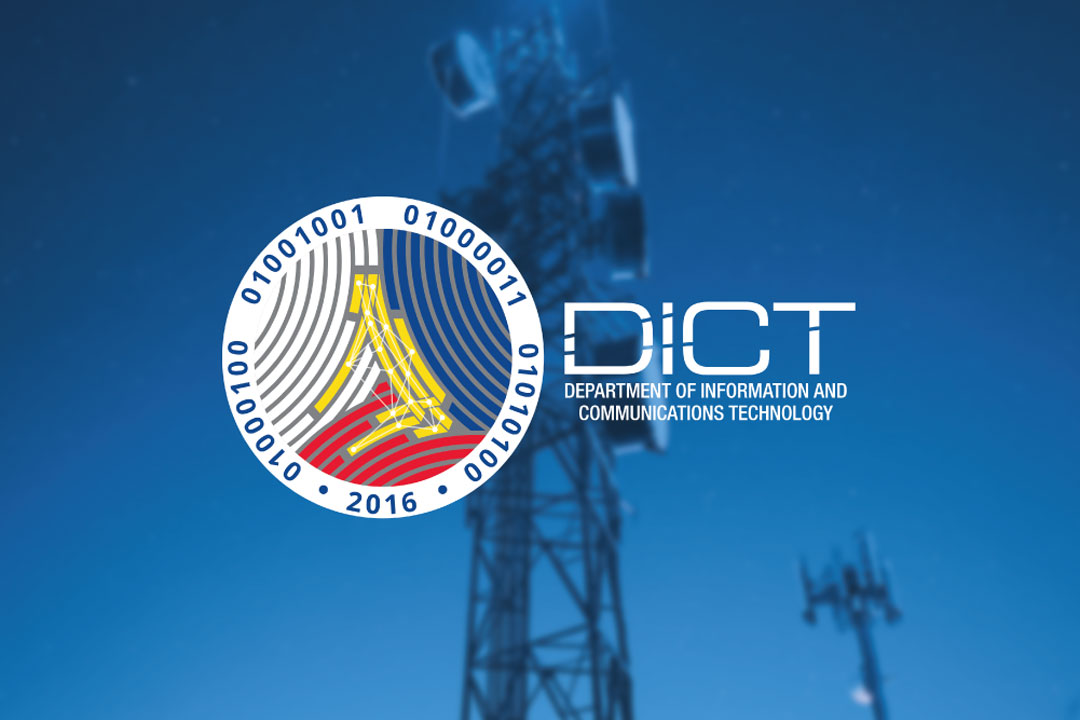Location tracking manipulation spurs rising text hijacking cases

THE Department of Information and Communications Technology (DICT) said on Wednesday that the inaccuracy in detecting the location of threat actors perpetuates the rising cases of text hijacking in the Philippines.
“The challenge really is to locate and apprehend,” DICT Assistant Secretary for Legal Affairs Renato A. Paraiso told BusinessWorld in an interview.
“You have to understand that these threat actors and these devices have to be turned on all the time for us to detect it,” Mr. Paraiso said.
“Because of the practice of turning it on in a specific place then they turn it off again, that’s the challenge,” he added.
On Tuesday, the Bangko Sentral ng Pilipinas warned the public against rising cases of text hijacking, a method of delivering smishing attacks wherein fraudsters use false Sender IDs to send malicious text messages.
“As of late there is a rise in the reports on data of text hijacking,” Mr. Paraiso said. “CICC (Cybercrime Investigation and Coordinating Center) and DICT’s consumer protection hotlines received various complaints already with regards to text hijacking.”
Mr. Paraiso added that the newest form of text hijacking is the “mobile and portable device” based on a certain radius.
“It targets directly your handheld devices and smartphones. It does not go through the usual networks already,” he said.
In 2022, the National Telecommunications Commission (NTC) mandated telecommunication companies to block or deactivate domains, including TinyURLS, SmartLinks, and QR codes in text messages to reduce scams and fraudulent activities.
“If you see a link, more likely than not, it’s a scam message that would lead you to either a phishing website or a website that would get your financial details and get your money,” Mr. Paraiso said.
“People should always treat someone who sent a link, regardless of who sent it, as someone who is phishing,” Elizze F. Serna, division head of data breach notification at Deep Web Konek, a cybersecurity advocacy group, added.
The DICT plans to ramp up its technologies to “detect, apprehend, and prevent” threat actors from further harming Filipinos in the digital world.
“Scammers right now are using advanced technologies including AI to execute their nefarious activities that’s why we also have to use the same technology,” Mr. Paraiso said.
“Even with the laws, we are proposing it has to be flexible enough, it has to be adaptable to the ever-changing landscape of ICT technology.”
Through the eGov Super App of the DICT, Scam Watch Pilipinas in a social media post said victims can directly file an official report by uploading a screenshot of the text scams and calling the Inter-Agency Response Center (I-ARC) Hotline 1326. — Almira Louise S. Martinez



